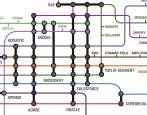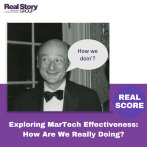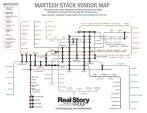Social Media Marketing is a Double-Edged Sword
Two examples, one a hit and the other a miss, highlight the promise and perils of social media marketing.
What to do when the cookie crumbles?
The Super Bowl, or the annual NFL championship, is usually the most watched US TV program of the year. Not surprisingly advertisers pay astronomical sums ($4 million for a 30 second spot in 2013) to air commercials during the Super Bowl. Unexpectedly, the Super Bowl played in February this year experienced a power outage, where play was halted for more than half an hour as the Super Dome in Louisiana went dark. It’s almost as if a national pause button got pressed.
Ten years ago in the pre-Facebook, pre-Twitter days, the black out was going to be the number one water cooler topic the NEXT day. But in 2013 conversations instantly erupted on social media and it became the number one topic of discussion on Twitter and elsewhere.
Oreo proved to be a smart cookie in riding this tidal wave of attention. Oreo’s tweet, sent out in minutes while the Super Dome was still blacked-out said “You can still dunk in the dark.”
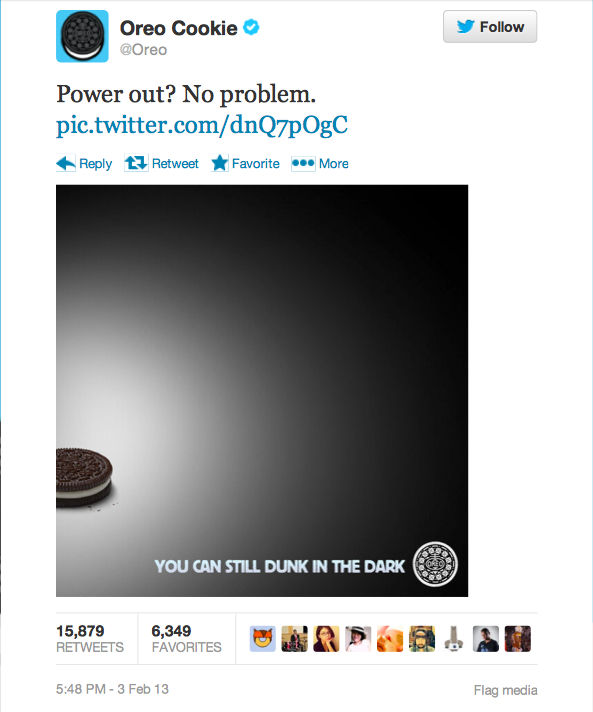
Figure 1: Oreo Dunk in Dark Tweet. Source: Twitter
Perhaps that post wouldn't enter the advertising hall of fame during normal times. But its beauty lay in speaking to the moment and tapping into that ephemeral Twitter zeitgeist. Oreo also aired a regular TV ad during the Super Bowl, but their Tweet outshone that and the rest as well, becoming a “viral hit.” As a bonus, numerous media outlets also talked about it the next day.
Serendipity does not strike twice and there’s no guarantee that this success can be replicated. But Oreo was able to pull this off because they’d done their homework and were prepared. Prior research indicated that large number of viewers would also be following the game on second screen apps and on Twitter.
On game day, a full phalanx of Oreo marketing staffers huddled together with their ad agency reps for social media marketing. When the black-out happened, the team conceived, designed and approved the ad copy and imagery in about ten minutes. In short, agility allowed them to score a touchdown.
Now, it’s debatable whether Oreo saw a boost in sales because of their Twitter stardom. Yet can't we pose the same question about all those $4 million on-air ad spots?
What's the hashtag for hara-kiri?
On the other hand, giant US bank JP Morgan provides a cautionary tale to marketers with ambitions of becoming social media superheros.
As you probably know, JP Morgan managed Twitter's own IPO process, and perhaps all the related buzz rubbed off on the bank. On the day of the IPO, @jpmorgan tweeted that one of it’s senior executives would dish out career advice, with questions sent using the #AskJPM hashtag.
Soon enough, a lot of questions started coming in, but they were not eager young grads looking to pick the brains of the vice-chairman of a large financial institution. Instead, it became a channel for airing frustration with JP Morgan’s banking practices and its role in the global financial crisis. To be fair, JP Morgan is not the only big bank facing flak these days – the like-ability quotient of many of its peers is also not very high. But the hashtag went viral and became a lightning rod for having a go at @jpmorgan. Not surprisingly, the #AskJPM chat was promptly cancelled.
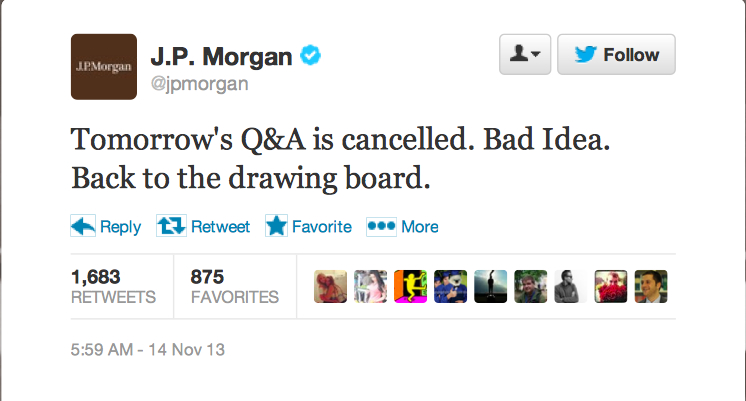
Figure 2: #AskJPM chat cancelled. Source: Twitter
Social media may not create negativity but it sure does amplify it. Conversational control is with the crowd and not in the hands of the company. If you have an offline image problem, social media does not solve it.
With the benefit of hindsight, we can also say that there was a mismatch between the message and the medium. JPMorgan may have experienced a PR backlash on Twitter, but the company remains a sought-after employer. Many prospective candidates would have been really interested in #AskJPM, but in context of the dislike for banks in general currently, Twitter was the wrong channel.
The public mood is not difficult to gauge and perhaps, moderated chat on JPM’s own online turf would have proved more suitable. If your enterprise is not exactly the public darling of the moment, you may be better off using social media to serve existing customers rather than targeting potential customers or employees. JPM perhaps gained a positive take-away from this episode: sentiment monitoring is a critical component of social media marketing, and they got a fair measure of the public sentiment.
Social media is thus a double edged sword – be prepared for both the ups and downs – capitalizing on the small windows of opportunity it presents to project your brand, while avoiding hara-kiri by understanding the nuances of the new medium.
Our marketing automation and social technology evaluation research won't make you an ace marketer but can help you cover all the technology bases.






